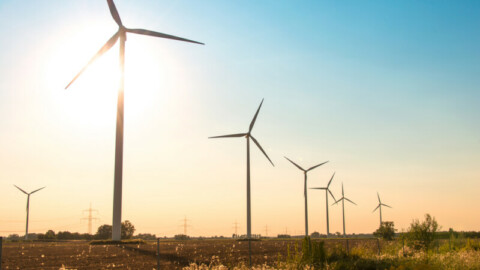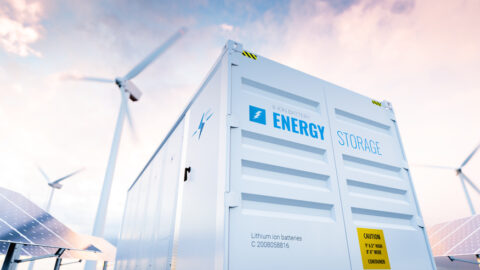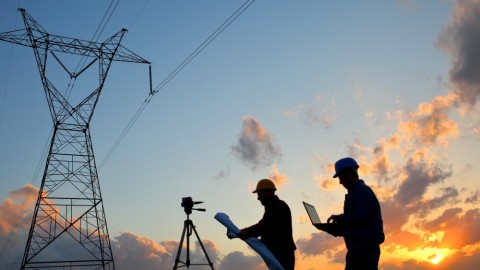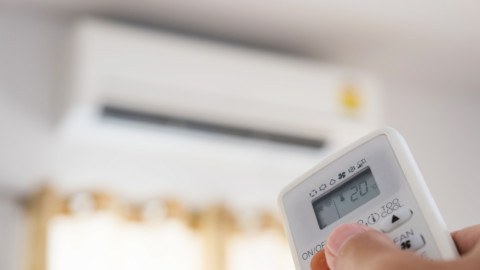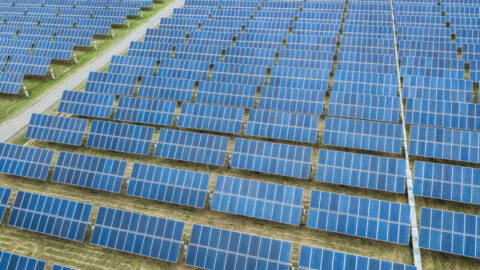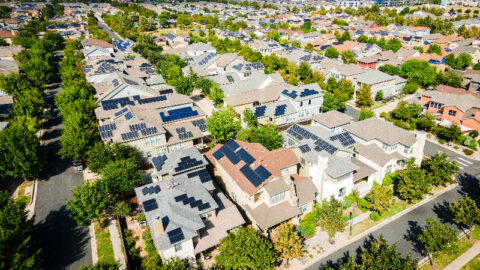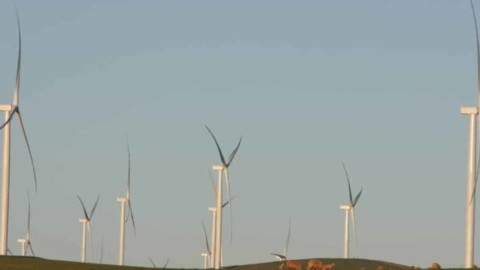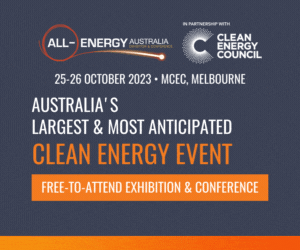By Stan Krpan, CEO, Solar Victoria
Solar Victoria has an important job to do – forming a key part of implementing the Victorian Government’s ambitious agenda to reduce the state’s carbon emissions. But, incentivising homeowners to invest in renewable technologies would not be successful without the trained and qualified workforce to get the job done.
Solar Victoria supports the government goal of reducing emissions by providing financial incentives for households and businesses for the installation of solar panels, storage batteries and energy efficient heating and hot water equipment which could utilise the power generated at home. That aim has been embraced by Victorians, and they have helped make Solar Homes the largest sustainability program in the country.
Since August 2018, 250,000 households have installed solar or hot water or a battery under the program, and over 300,000 rebates have now been approved.
But from the outset it was clear we needed the professional tradespeople, with the right qualifications and training, to install, maintain and repair the installations safely and correctly.
When we were created in 2018 with a $1.3 billion budget over ten years, $9 million was earmarked for training. That has now been expanded to $11 million.
We took the view that training programs were necessary to build new jobs and skills and ensure the program was designed to be implemented safely, while creating lasting solar industries.
An industry whose professionals are trained, properly inducted and are safe while they are performing installations. We also wanted to ensure that there would be enough trained and qualified workers for a future in all parts of the solar industry.
As part of this, our aim is to create 5,500 jobs under our programs. For example, plumbers for hot water installations, and qualified electricians focused on solar panels, batteries, and other installations.
We need enough of them with the right skills and accreditation, who will develop professionally and hopefully, eventually, form the businesses of the future. If we look back to 2018 when Solar Victoria came into being, our training aims were to help those already in the electrical industry to get the training needed to meet the standards we had set.
So if they were already a Class A electrician, they were then accredited for solar. We also made sure that accreditation training was available wherever electricians were in the state. We then mandated health and safety training for all workers and so far 4,500 workers have undertaken the solar safety training as a condition of participating in the program.
I cannot express strongly enough how important that is, and what it means to have a workforce that is safer and better informed about the risks of doing the job and how to prevent these. That training will continue, and in some ways it is at the core of what we provide.
But a special priority for Solar Victoria when it comes to training is also to get people onboard at the ground level. We are encouraging new apprentices to be part of this growing industry, one of the fastest growing in Victoria. We are also making sure women are part of this uptake, and that they will see that becoming a qualified solar electrician or plumber has a promising future.
As well, we are looking at how we can partner with First Peoples and Traditional Owners’ corporations to support and encourage Indigenous Australians to be a part of this growing sector. We recognise there is a much bigger picture with the whole supply chain, including supporting growth in necessary qualifications like licensed electrical inspectors. So we have training that supports them, mentoring programs, and have trained supervisors who we provide support to.
Integrated approach to renewables
Every year since 2018 we have seen the growth in businesses and households taking a holistic approach to solar. They aren’t just installing panels on the roof or solar hot water, but are also increasingly being asked about heat pumps, efficient cooling, storage batteries and, in line with the expansion of electric vehicles, the installation of fast chargers, which draw that power from the equipment installed as well. After all, using power generated from your rooftop is the best way to maximise the investment.
They are taking an integrated view of electrical management systems and energy management systems, and many of the applications we received are now for new builds, where solar power and energy efficient appliances and infrastructure are in place from day one. That means the installers and retailers need the skills and experience to provide expert advice to householders, which recognises that solar energy is not just an addition, but the centre of the energy source for the homes and businesses of the future.
We have worked closely with industry and its representative bodies on the design of our training programs and many of them are involved in the delivery of our training programs. For example, our Upskilling for Plumbers Program began as a pilot last year and this year 200 qualified plumbers and fourth year apprentices from across the state are taking part in the free training which Solar Victoria has funded.
The program is being run by the Plumbing Industry Climate Action Centre, with the support of the Master Plumbers Association, and the representative unions. That cooperation is being supported by the relevant peak bodies and unions who have members working in the renewable energy sector who will need the skills to work in the energy of the future.
We have also worked with the representatives of the National Electrical Contractors Association on the design of our health and safety program, and also with WorkSafe Victoria which has focused compliance and enforcement activities to support better safety standards in the solar industry.
We work with the TAFE sector, and 12 Registered Training Organisations across the state who have helped deliver the health and safety program. The Master Builders Association designed and delivered our supervisor training, which is all about educating and informing supervisors around health and safety obligations to the workers that they’re responsible for.
We’ve also worked with Australian Apprenticeships and with the Australian Industry Group on the delivery of our apprenticeships program which is supporting 15 female electrical apprentices. It must be said that in the early days we did have some push back around mandating health and safety training.
My view is that it was not because people disagreed with the need or the value of it, it was really just the timeframes for implementing this new requirement and the availability of training, particularly in regional Victoria. But we took a pragmatic approach to give people more time where that was warranted and particularly during the various COVID challenges, and we extended the time for compliance, and overwhelmingly the industry has responded positively to that.
Between 2020 and 2021, together with our industry partners we recognised that mental health was a real challenge the industry faced. In response, we funded the development and implementation of a mental health program for workers and supervisors.
To the future
As we progress, we will continue to develop our training programs, particularly in the areas where the solar industry needs support for developing, working with our industry and consumer reference group, and all other stakeholders, on the design and the delivery of our training programs.
That includes providing a business mentoring program, which supports businesses to develop their resilience and help make sure they continue to be part of this industry, developing and expanding, while improving their standards and the quality of what they do. I am also excited about improving participation in solar from underrepresented cohorts in the program and giving them an opening into this growth industry. They must be given the opportunity to participate fully and we are working to make sure they get it.
In addition to our existing Women in Apprenticeships program, round two will start soon and we are also developing programs which will engage with Indigenous business and employment networks. One group we are working to engage with are the long-term unemployed, especially in regional Victoria. Solar uptake is happening across the state and we see this as an opportunity for young job seekers to get the opportunity for a head start into the industry.
We also see huge opportunities for business growth and new innovations in the electrification of households. Customers are looking for holistic solutions to their energy needs that are easy and affordable. The possibilities are endless, and it would give me great joy to one day see one of our trainees, backed and supported by the support we helped provide, creating their own businesses and carving out their own part of the solar future.
Feature image credit: James Braund




